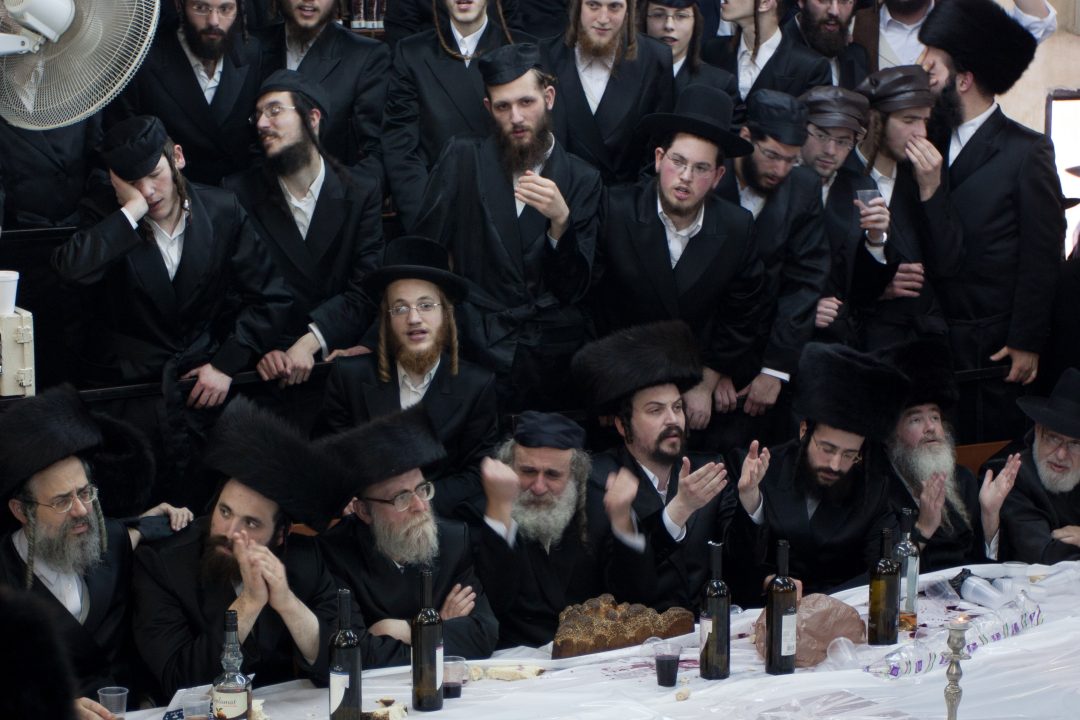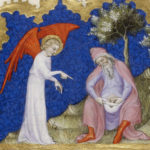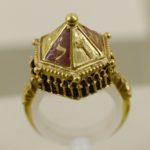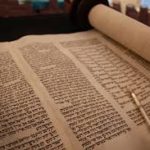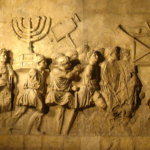Esther and the Celebration of Purim
The book of Esther tells the story of how two members of the Diaspora community in Persia turn the tables on an anti-Semite’s plan to destroy the Jewish people. The Jewish victory and the resulting celebration became the basis for the festival of Purim that is celebrated annually on Adar 14.
The short story of Esther, which is part of the Ketuvim section of the Hebrew Bible, is a unique member of the biblical canon in that it does not contain any overt religious themes. Other Jewish victory stories such as the Exodus and the conquest of Canaan attribute their means of success to Yahweh and the covenant that was set up between the Deity and his chosen people. But in the book of Esther God is not mentioned once, nor is there any mention of prayer or sacred Jewish law. If not included in the Bible, this story could be seen as secular as opposed to religious, and merely a means to explain and defend the celebration of Purim. However, if one reads Esther carefully, there is definitely a sense of the presence of a higher power at work.
The Story
The tale is set in the Persian kingdom of the weak and easily influenced king Ahasuerus. When the Queen Vashti refuses to be paraded as an object in front of the King and his party guests, she is ousted from the throne. The beautiful Jew Esther wins Ahasuerus’ favor and is made queen. It wasn’t customary for a Persian King to choose a foreigner as his queen, so Esther’s guardian Mordecai implores her not to reveal her identity.
Mordecai, who seemingly has nothing to do all day, spends his time sitting at the King’s front gate. The king’s top advisor Haman expects everyone to bow down to him. But when Mordecai repeatedly refused to do so, Haman becomes infuriated and convinces King Ahasuerus to issue an order to “destroy, to kill, and to annihilate all the Jews, young and old, women and children, in one day, the thirteenth day of the twelfth month, which is the month of Adar, and to plunder their goods” (Esther 3:13 NRSV). Haman cast Pur (lots) to arrive at this date. Hence, the title Purim.
Haman originally thought it “beneath him” (2:6) to have Mordecai singled out for death, but he becomes so angry with Mordecai’s refusal to bow down that he erects a gallows. Meanwhile, Mordecai overhears two men plotting to assassinate the king. Mordecai makes this known, saving the king’s life. So, when Haman goes before Ahasuerus to petition the execution, his plans turn completely against him. Ahasuerus honors Mordecai by having Haman parade him through the city square. Haman is humiliated.
Esther, determined to save her people from Haman’s genocidal plot, has a feast with both Haman and Ahasuerus. Esther merely has to bat her eyes in front of the king to get what she wants. She reveals herself as a Jew and reveals Haman for the evil anti-Semite that he is. Haman is hung on the very gallows that he built for Mordecai, and the Jews are allowed to turn the tables on their enemies. Mordecai takes Haman’s place next to the king, a huge party is thrown, and they all live happily ever after. Esther proclaims that the festival and Purim is to be celebrated every year by the Jews on Adar 14 to commemorate this happy event.
Is Purim a religious holiday?
As mentioned earlier, God is not explicitly mentioned or given credit for the Jewish victory in the book of Esther. Scholar H.L. Ginsberg surmises that this is because “it would be irreverent to mention God in such a comic setting”. However, the text does provide a few implicit details that suggest God may have been working behind the scenes.
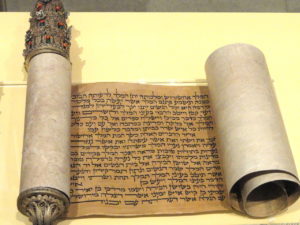 For instance, Mordecai overhears the assassination attempt on the king that leads to his eventual royal position. Is this a very fortunate coincidence? It sounds more like divine intervention. And directly before Haman goes to petition Mordecai’s execution, the king just happens to look in the book of records to find that Mordecai was responsible for saving his life. Another improbable coincidence? Also, when the commandment goes out that all the Jews are to be destroyed, Mordecai tells Esther: “Who knows? Perhaps you have come to royal dignity for just such a time as this” (4:14), implying it is God who put Esther in this position.
For instance, Mordecai overhears the assassination attempt on the king that leads to his eventual royal position. Is this a very fortunate coincidence? It sounds more like divine intervention. And directly before Haman goes to petition Mordecai’s execution, the king just happens to look in the book of records to find that Mordecai was responsible for saving his life. Another improbable coincidence? Also, when the commandment goes out that all the Jews are to be destroyed, Mordecai tells Esther: “Who knows? Perhaps you have come to royal dignity for just such a time as this” (4:14), implying it is God who put Esther in this position.
According to some scholars, the celebration of Purim was adopted by the Jews from a pagan festival, and the Book of Esther is merely a fictional story meant to legitimatize the holiday. Regardless of the story’s truth or the origin of the Purim, the holiday is embraced by Jewish people as a time to let loose, have fun, and be charitable. Using Haman’s words, the Jewish people are “scattered and separated among the people in all the provinces” (2:8). With such a long history of exile and oppression, people of the Jewish faith welcome the celebration of Purim is a time to enjoy the community.

